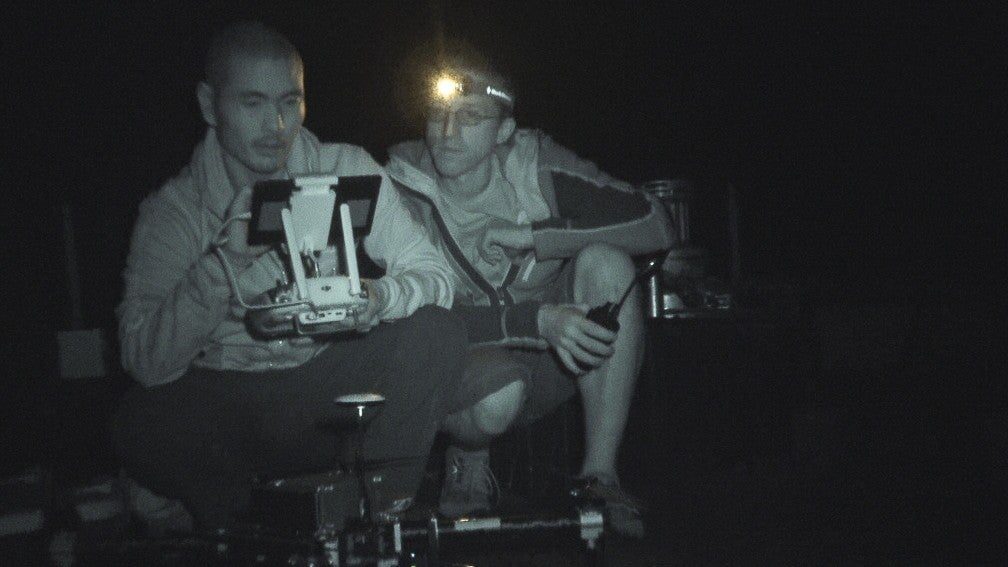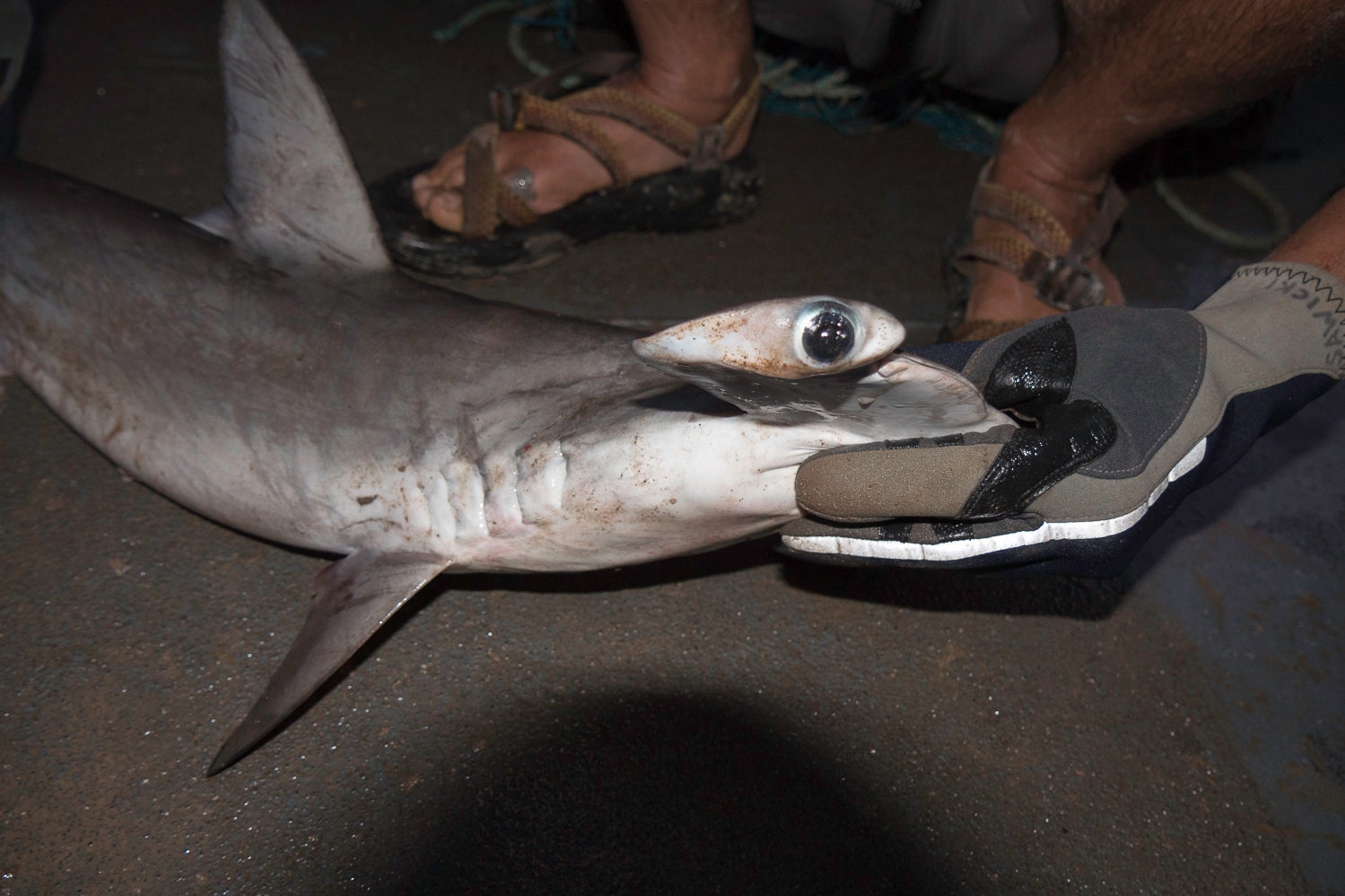Conservationists used a night vision drone to bust poachers in the Gulf of California
On land, catching wildlife poachers in the act is difficult. On the vast open seas, it’s even harder—especially at night. A small boat using illegal gillnets can easily escape detection while indiscriminately killing all manner of marine wildlife—including endangered species—just to acquire a fish part that fetches a high price because it happens to be prized in Chinese medicine.


On land, catching wildlife poachers in the act is difficult. On the vast open seas, it’s even harder—especially at night. A small boat using illegal gillnets can easily escape detection while indiscriminately killing all manner of marine wildlife—including endangered species—just to acquire a fish part that fetches a high price because it happens to be prized in Chinese medicine.
Sea Shepherd, an ocean conservation group known (and sometimes criticized) for its aggressive tactics, recently deployed what might be an ideal weapon for catching such poachers red-handed: a quadcopter drone equipped with a thermal night vision camera. Last week the group used such a drone to record nighttime poachers in the act with an illegal gillnet in Gulf of California waters belonging to Mexico.
The poachers quickly fled, but the conservationists, from their own boat, used the drone to track them, relaying coordinates and headings to the Mexican Navy. Once the latter took over the chase, the Sea Shepherd crew investigated the scene of the crime. In the poachers’ left-behind nets (which snag the gills, spines, or other body protrusions of a fish, causing it to become entangled) they found a variety of creatures, including four live crownose rays and two dead hammerhead sharks.

The poachers were after something more valuable: totoaba. Native to the Gulf of California, the totoaba can grow to six feet long and live up to 25 years. Chinese medicine prizes a tubular organ that regulates the fish’s buoyancy; the bladder, of sorts, is thought to help promote fertility. That one body part can fetch as much as $645,000 in black markets, as Quartz reported earlier.
To catch totoaba, poachers use gillnets that kill many other species. In the process they’ve driven the vaquita—a shy, snub-nosed porpoise native to the Gulf of California—to near-extinction. All nets are dangerous to vaquita, but especially ones used to catch totoaba, due to the mesh size. Vaquita get entangled in the nets and drown. Today it’s the most endangered marine mammal in the world, with the population suspected to be only a few dozen individuals.
To save the vaquita, in April 2015 Mexico enacted a two-year ban on the use of gillnets in a large portion of the northern Gulf of California, where the porpoise lives.